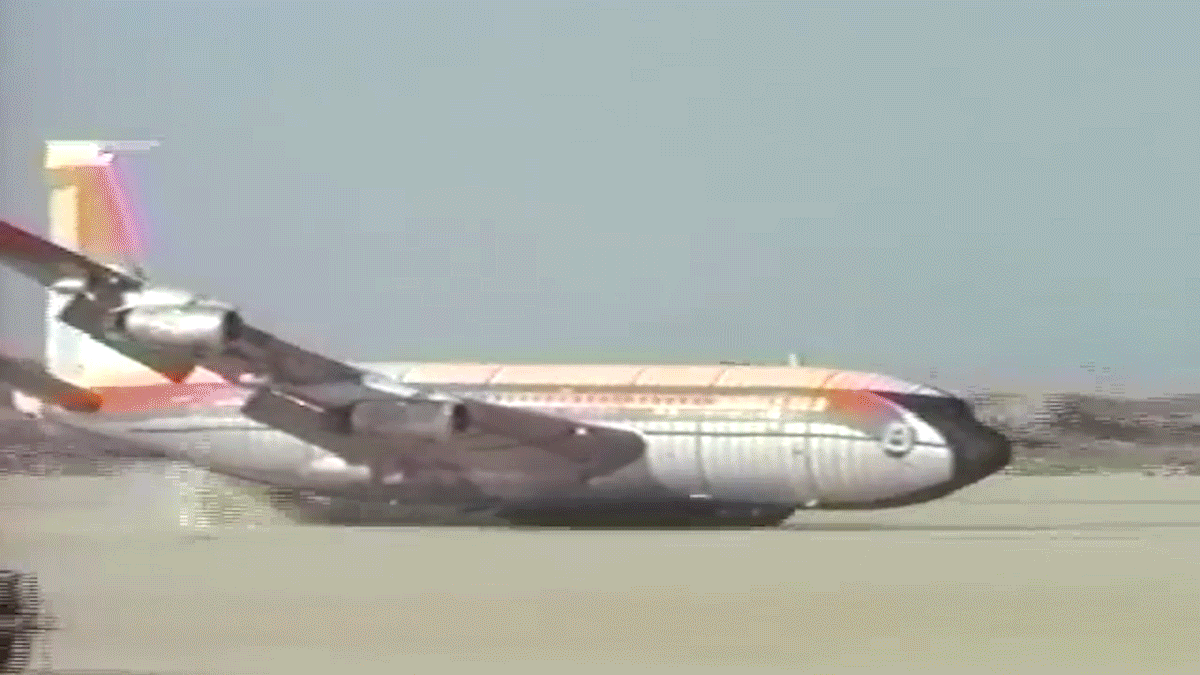Just like the cars out on the road, regulators intentionally crashed planes for 75 years to better learn how to better design aircraft for increase occupant survivability. However, every new plane model can’t be slammed into terrain for a star rating as if it were a new crossover bound for a showroom. Full-scale test crashes were done sparingly with specific goals in mind and are essentially extinct today.
The practice of aircraft crash testing first got off the ground after World War II. The number of commercial airline passengers rose rapidly in the late 1940s and 1950s. Federal regulators, aircraft manufacturers and airlines wanted to ensure that the increasing number of flights were as safe as reasonably possible. According to NASA, the first full-scale crashes were carried out in 1949 on the grounds of a U.S. Army arsenal. Heavily-used cargo planes from the Berlin Airlift went down a runway into choreographed crashes via remote control. The test were done in the hope of learning how to mitigate crash fires.
The initial goal of crash testing was discovering how fires start during crashes and plane fuselages broke apart during impact, and that mission evolved as the industry entered the Jet Age:

